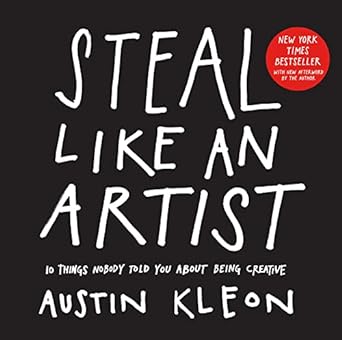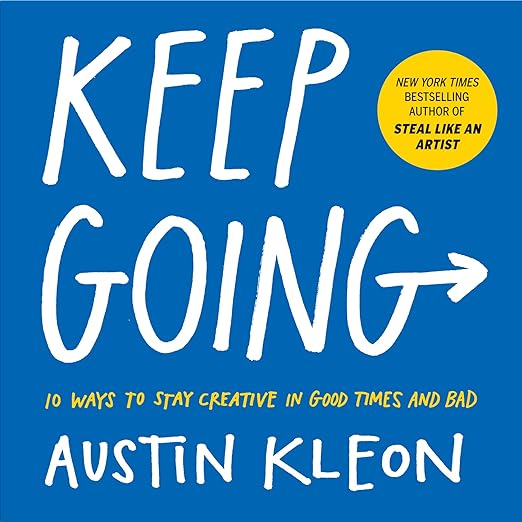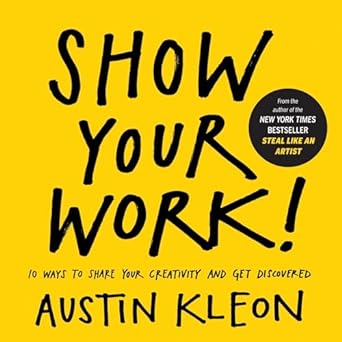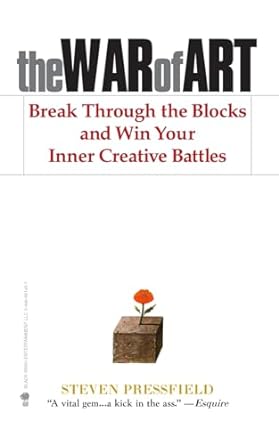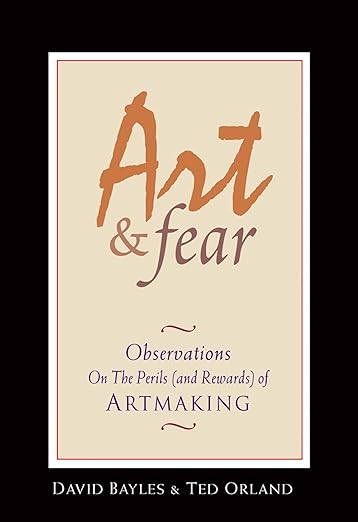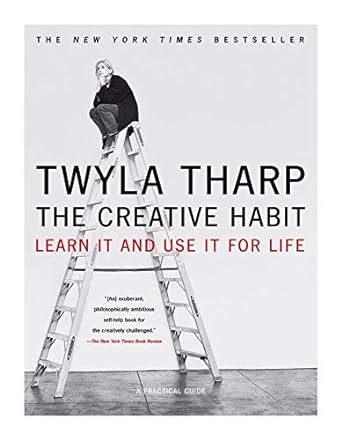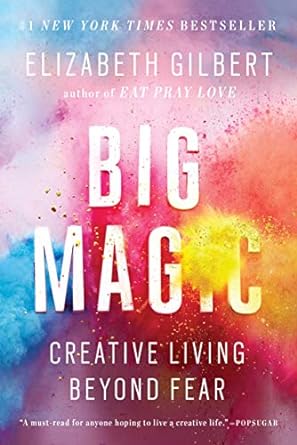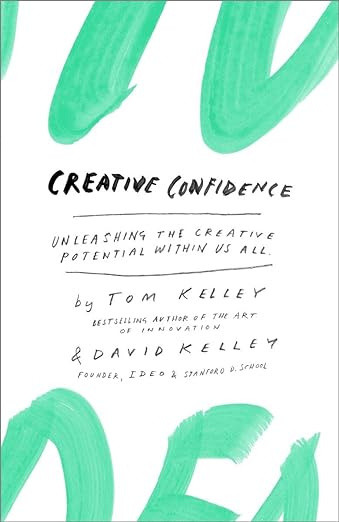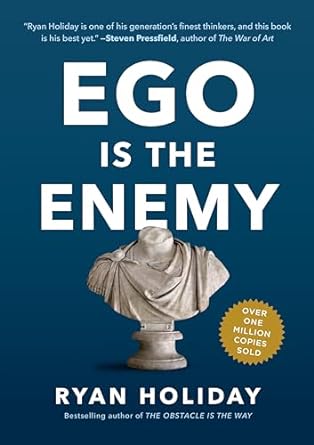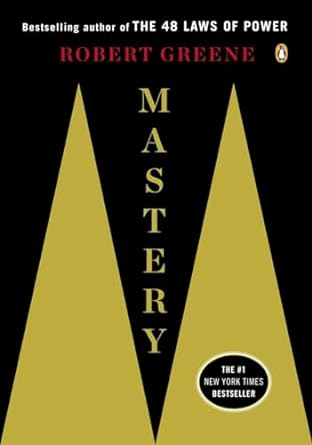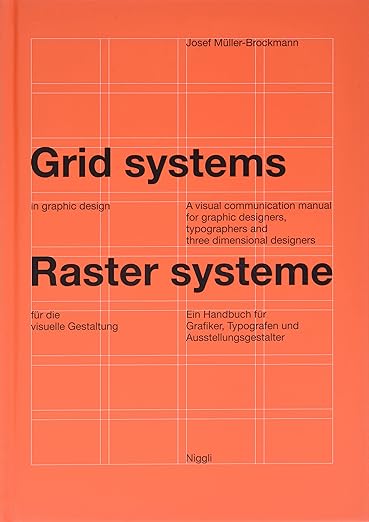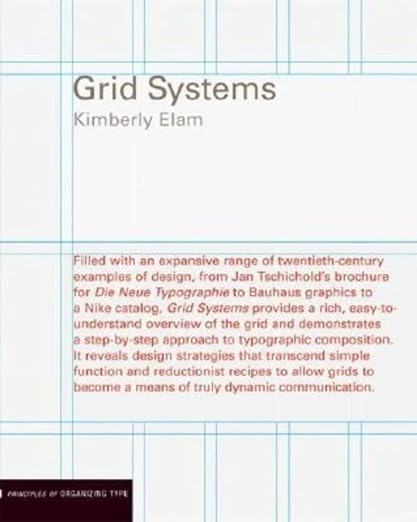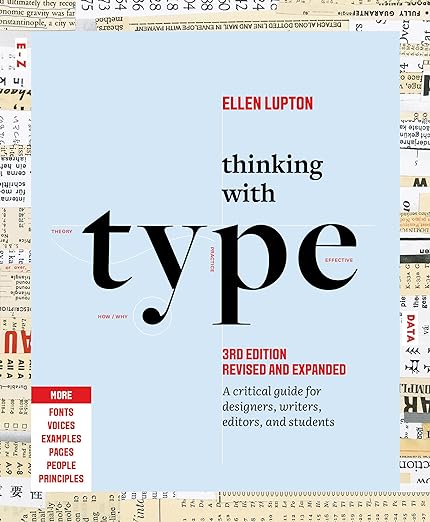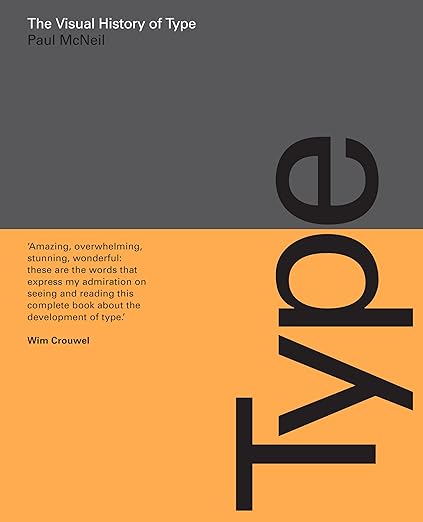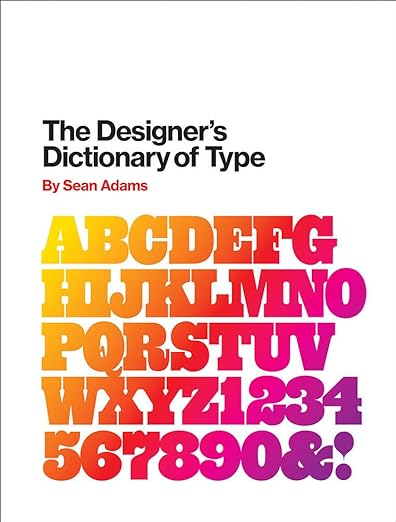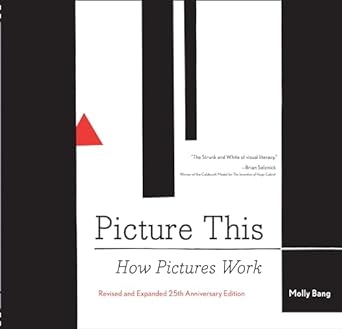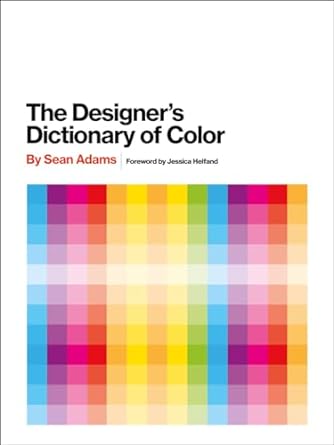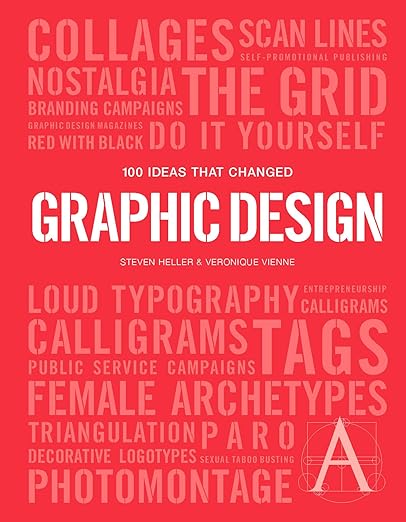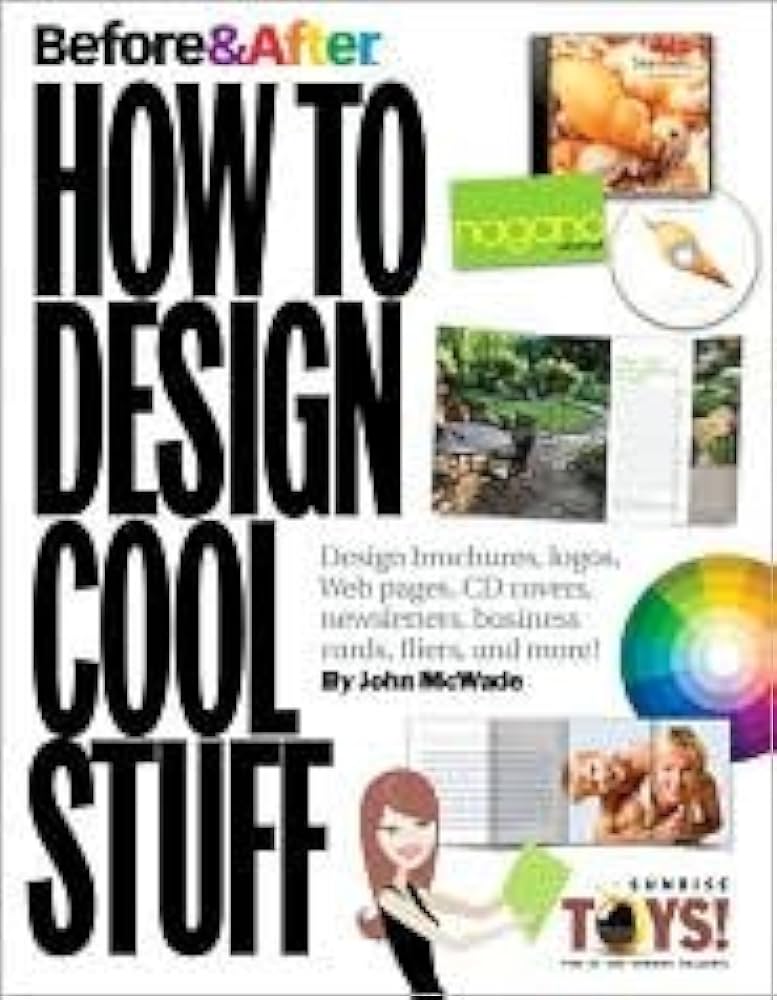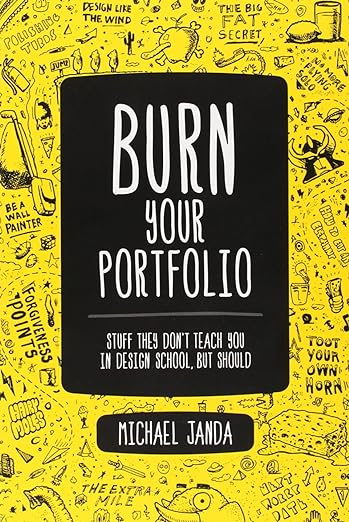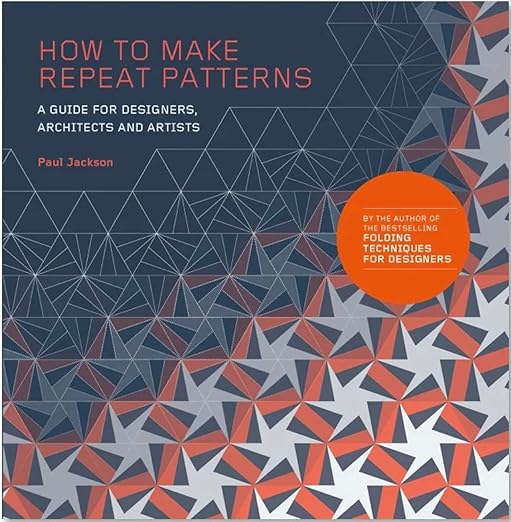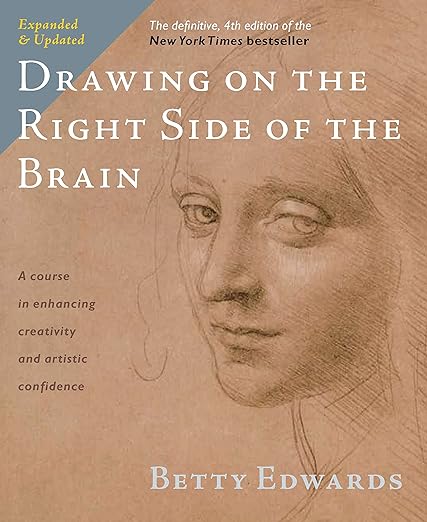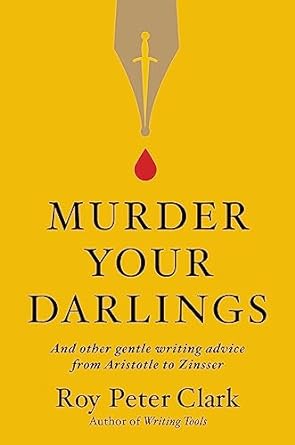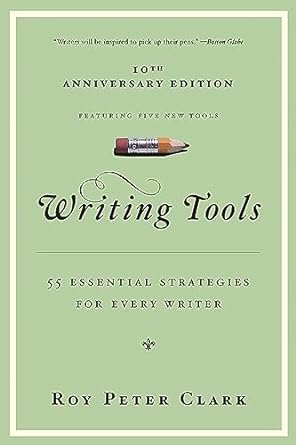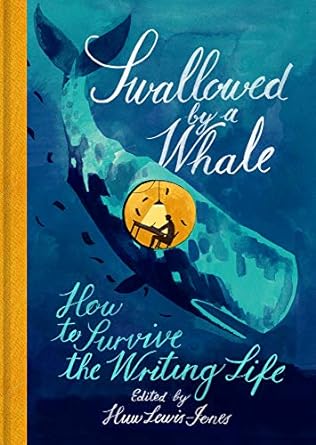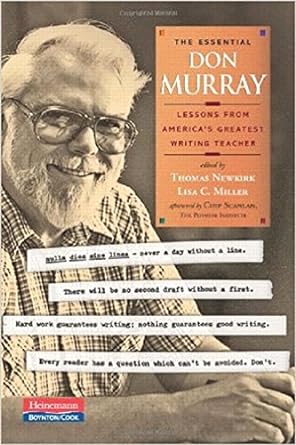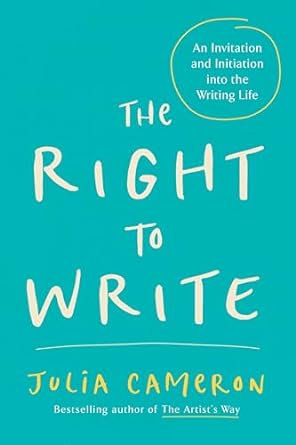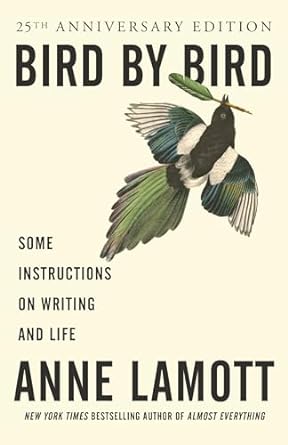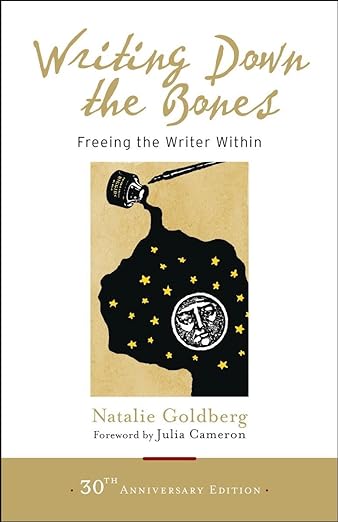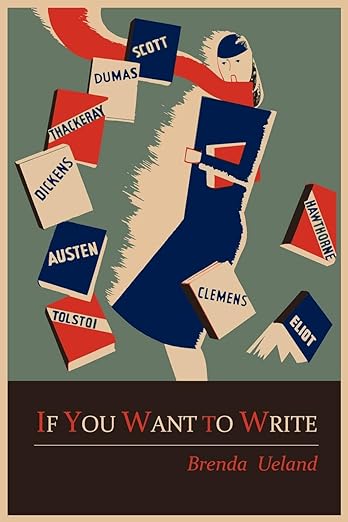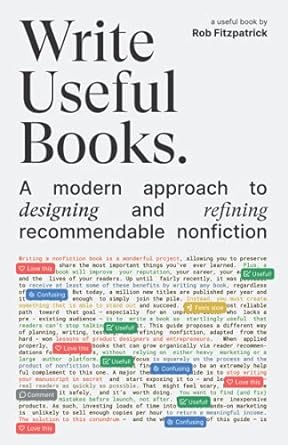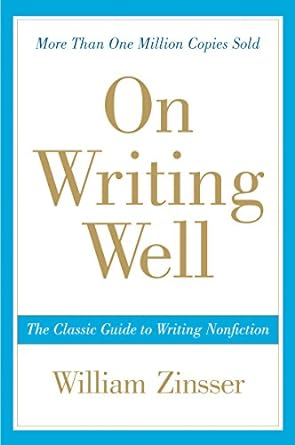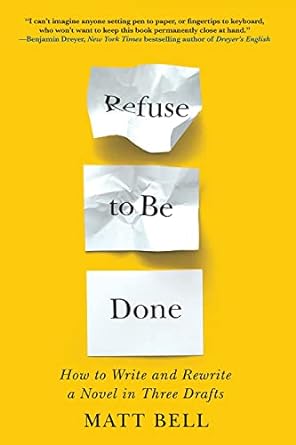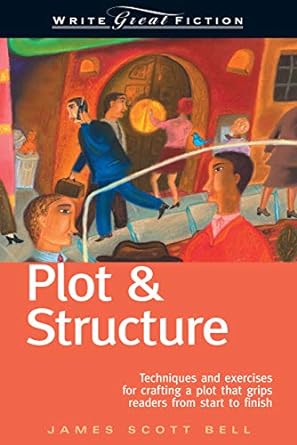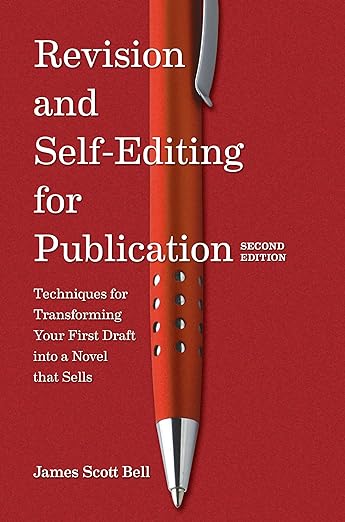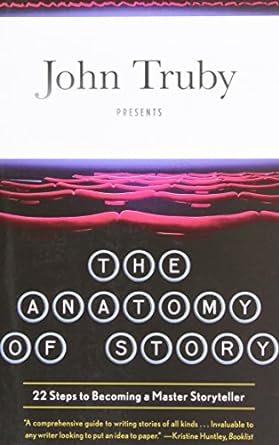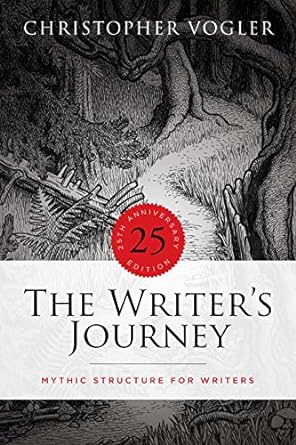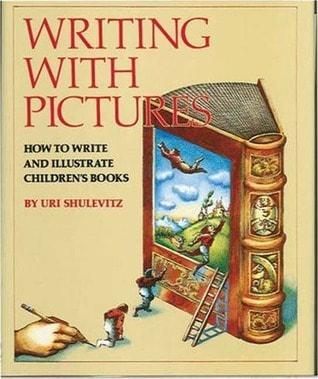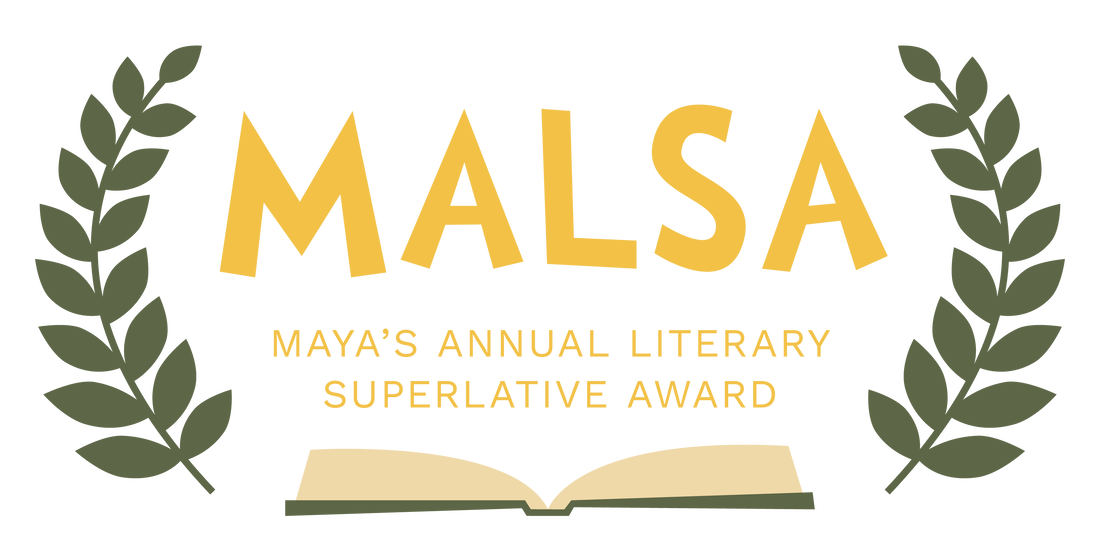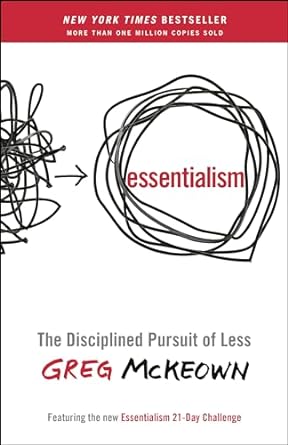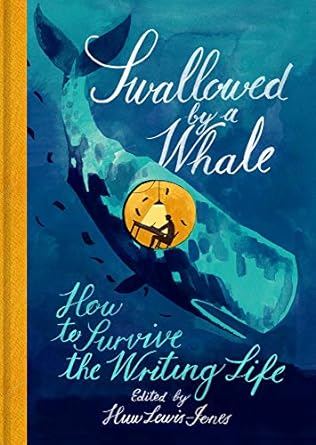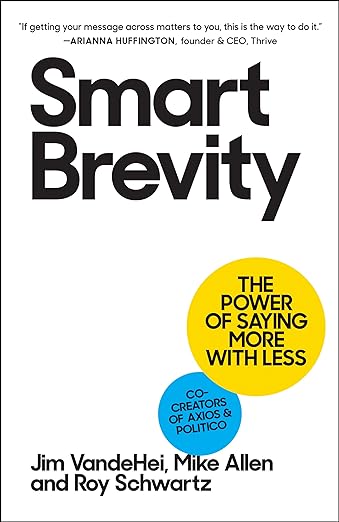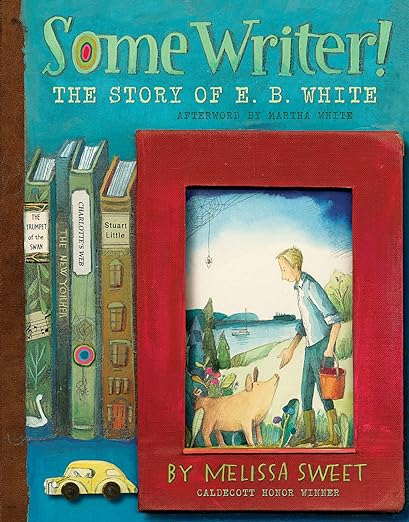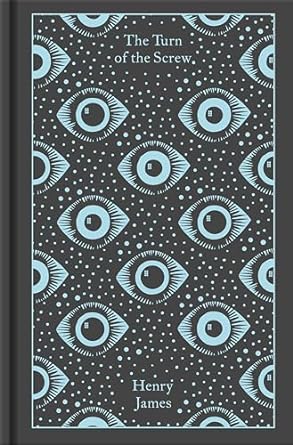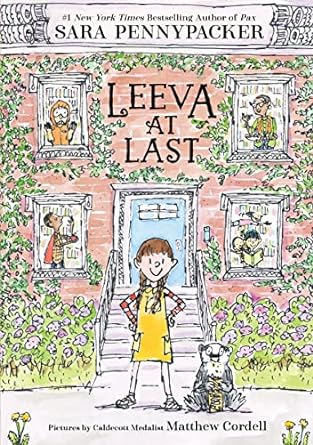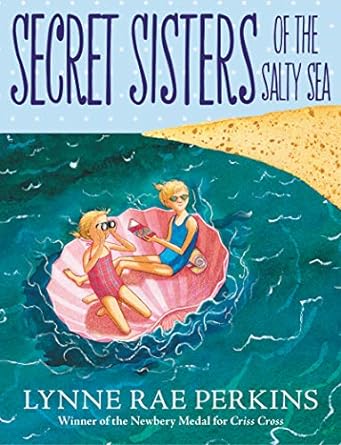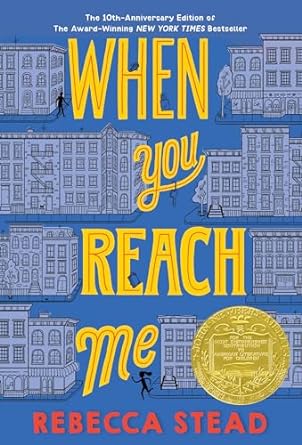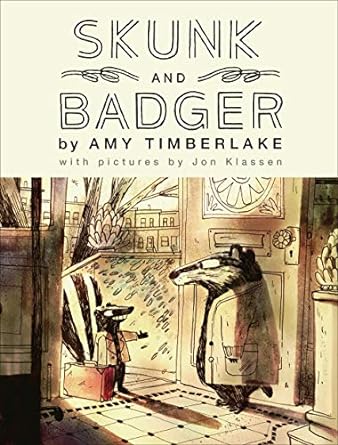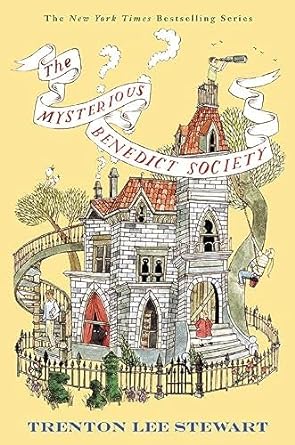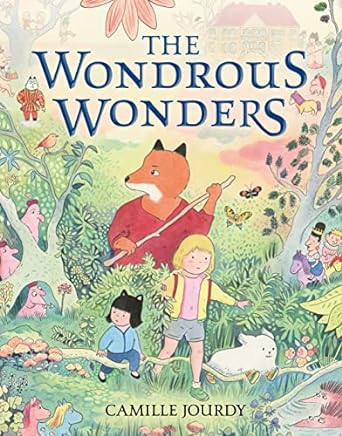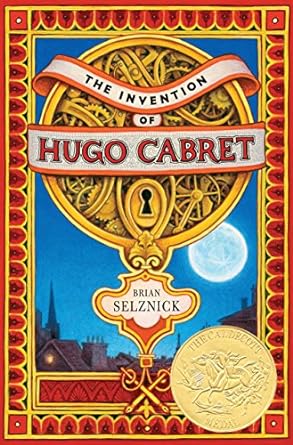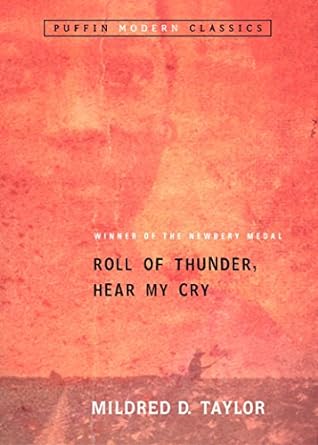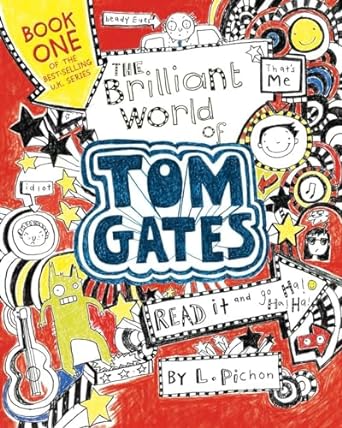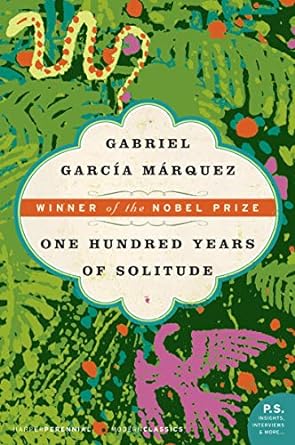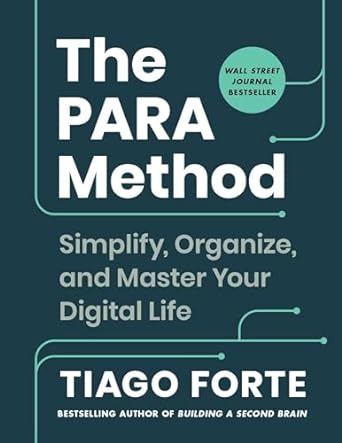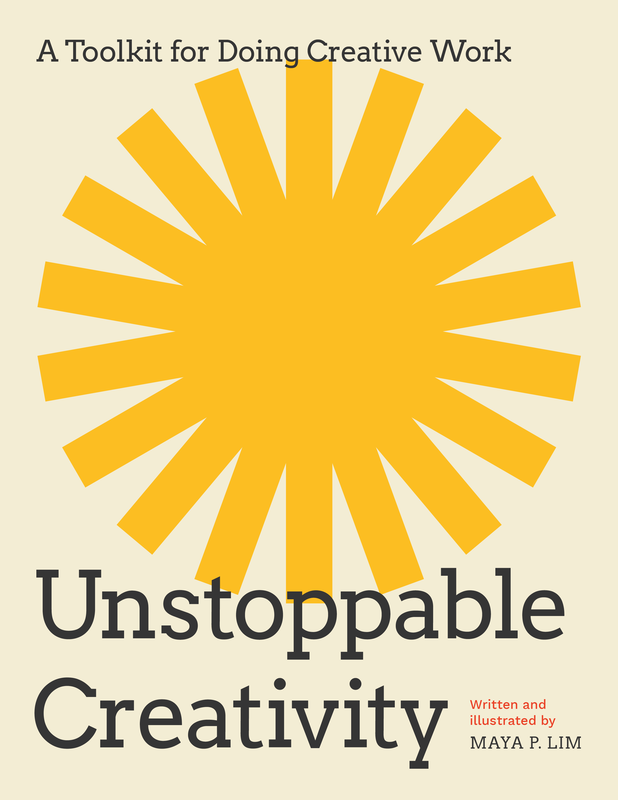Creative Lifestyle
|
Hidden Potential, by Adam Grant
We tend to think that hard, unrelenting work is the best route to success. But it turns out that your motivations—whether that's having fun or not letting others down—can unlock your next level of achievement. This book is a well-written mixture of compelling, real-life stories and social science research. |
|
Slow Productivity, by Cal Newport
Being busy doesn't mean being productive. This book is an excellent reminder about the value of doing less to achieve better quality and progress in what matters. |
|
Steal Like an Artist, by Austin Kleon
Frank and funny, this is full of good advice on being a creative. |
|
Keep Going, by Austin Kleon
Because sometimes the hardest thing about doing creative work is to keep going. This optimistic little book is like a pep talk you'll want to keep handy. |
|
Show Your Work!, by Austin Kleon
A cheerful, supportive push to share your output so you can grow, connect to likeminded people, and become seen as a creative leader. |
|
Building a Second Brain, by Tiago Forte
An extremely smart framework for handling information intake and organization. (And I produced the diagrams inside!) |
|
Letters to a Young Poet, by Rainer Maria Rilke
An especially supportive read for creative writers feeling discouraged or tired. These letters from Rilke to a struggling poet offer timeless advice and compassion. |
|
Art & Fear, by David Bayles & Ted Orland
An insightful meditation on why being creative is so difficult but worth it. |
|
The Creative Habit, by Twyla Tharp
I appreciate how Tharp emphasizes hard work and practice rather than romanticizing sudden inspiration. I also find Tharp's identification of different kinds of failure particularly interesting. |
|
Creative Confidence, by Tom Kelley & David Kelley
This is somewhat more about having confidence to think differently and about solving problems creatively in business settings, but the many examples in the book offer relevant lessons for all types of creative thinkers. |
|
Ego is the Enemy, by Ryan Holiday
A helpful reminder to stay humble, open, and clear about what you control. |
|
The Almanack of Naval Ravikant, by Eric Jorgenson
Packed with wisdom and advice on what to cultivate within ourselves. Worth revisiting from time to time. |
|
Mastery, by Robert Greene
Filled with stories about people who have achieved mastery in their fields and insights into how they did so. |
Design & Art Technique
|
Grid Systems in Graphic Design, by Josef Müller-Brockmann
THE book on grid-based layout, particularly the Swiss grid system. I love the variety of visual examples. Careful study will reward you with stronger layout decisions. |
|
Grid Systems, by Kimberly Elam
One word: VELLUM. This book has VELLUM OVERLAYS in it so you can see the underlying grids of layouts!! (Yes, this merits two exclamation points.) |
|
The Elements of Typographic Style, by Robert Bringhurst
The best book on obscure typographic details I’ve come across. From hierarchy guidance to point size pairings and paragraph indentation amounts, this book is a classic for good reason. Recommended for anyone wanting to set type well. |
|
Thinking with Type, by Ellen Lupton
More visual-heavy than Bringhurst's book. Good examples and explanations. |
|
The Visual History of Type, by Paul McNeil
This tome (it weighs 7.6 pounds) is a scrumptiously beautiful presentation of typefaces and their histories. This book is a treat to own. It’s the kind of book I would think twice about lending out from my collection because it’s just. so. nice. |
|
The Designer's Dictionary of Type, by Sean Adams
Beautiful real-world examples throughout. What I loved how this book included commonly used modern typefaces. |
|
Picture This, by Molly Bang
If you want to know why pictures make you look and feel certain ways, this book will help break down the basics. It’s brilliant in its simplicity. |
|
The Designer’s Dictionary of Color, by Sean Adams
If you’re randomly picking colors, this book will change that…for the better. |
|
Before & After: How to Design Cool Stuff, by John McWade
Excellent book of general design tips especially for designers without formal design training. Contains smart design principles that you can apply to projects immediately. Some examples are with outdated items (like CDs), but the principles and logic are timeless. No jargon, no snobbery, no fluff. |
|
Burn Your Portfolio, by Michael Janda
Solid and entertaining advice for anyone beginning a career in graphic design. |
|
How to Make Repeat Patterns, by Paul Jackson
Simple presentation of the many types of patterns and how to build them yourself. |
|
Mid-Century Modern Graphic Design, by Theo Inglis
Mid-Century forever! This is a highly enjoyable inspiration resource containing graphics from an era that remains popular today. |
|
How to Draw Adorable, by Carlianne Tipsey
Getting the proportions right is major. This book shows you how. |
Writing craft
GENERAL ADVICE
|
Murder Your Darlings, by Roy Peter Clark
Practical and amusing, Roy Peter Clark's advice applies to wordsmiths of all types. |
|
Writing Tools, by Roy Peter Clark
Excellent techniques, distilled to chapter-length tips. A good book to keep within reach for flipping through. |
|
Swallowed by a Whale, edited by Huw Lewis-Jones
Beautifully designed and uplifting, with advice from a wide variety of writers. |
|
The Essential Don Murray, by Donald Murray
Reading (and re-reading) this feels like office hours with a kind, supportive professor. The type who expects you to do better, but hasn't forgotten how hard the craft is. |
|
The Right to Write, by Julia Cameron
My mother gifted me this book when I was in high school and starting out as a wobbly fledgling writer. It didn't resonate with me right away, but years later it was exactly the book I needed. Writers who find themselves uncertain of their voice or holding back because of self-doubts or societal pressures may find this book especially helpful. Action prompts at the ends of chapters keep your momentum up. |
|
Bird by Bird, by Anne Lamott
Lamott offers down-to-earth wisdom and encouragement for the often overwhelming process of writing. |
|
Writing Down the Bones, by Natalie Goldberg
If you're feeling creatively uninspired or stuck in any way, this book helps you loosen up and find flow. |
WRITING NONFICTION
|
Smart Brevity: The Power of Saying More with Less, by Jim VandeHei, Mike Allen, and Roy Schwartz
Good examples. ‘Nuff said. |
|
On Writing Well, by William Zinsser
When I taught an undergraduate writing course at Cornell University, I told my students in the first week that if they memorized this book and could prove what they'd learned, they'd get an automatic A for the semester. For some reason, no one took me up on it. But trust me, this book is good. |
WRITING FICTION
|
Refuse to Be Done, by Matt Bell
If three drafts sounds too easy, prepare to be convinced of a new way of writing a novel. (And there's plenty of other excellent editing/revision advice within.) |
|
Plot & Structure, by James Scott Bell
This book goes well beyond the standard storytelling structure advice. |
|
Revision and Self-Editing for Publication, by James Scott Bell
The checklist at the end is worth the price of the entire book. |
|
Save the Cat! Writes a Novel, by Jessica Brody
What I liked best about this book was how Brody deconstructed story beats for different types of stories with concrete examples, including page counts. Most useful for tackling structure and pacing. |
|
Story Genius, by Lisa Cron
A brilliant approach to planning story structure. Chapters end with a "What to Do" section so you know exactly how to proceed. |
|
The Anatomy of Story, by John Truby
This is written more for a screenwriting audience, but I found it contained incredibly helpful advice for plotting and structure. My copy is peppered with sticky tabs and markings. |
|
The Writer's Journey, by Christopher Vogler
When I first flipped through this, I thought it might be a long-winded dissection of the hero's journey. It actually does far more than that. This book is like a strategy roadmap to the function of most stories, examining the character types as well as situations. |
|
Writing with Pictures, by Uri Shulevitz
There aren't many excellent books that examine the intersection of words and illustrations. This is one. |
Maya's Annual Literary Superlative Award (MALSA)
The 2023 MALSA list
|
In 2023 I read 56 books, listened to 6 audiobooks, and was unable to stomach 4 books. Regrettably, picture books were not tracked. Of these 66 books experienced, 20 receive MALSAs:
|
|
🏅Most Amusing Nonfiction:
Moles (The Superpower Field Guide), by Rachel Poliquin Among other facts, I learned that moles do somersaults underground to push up the earth they dig, which become the molehills we see. |
|
🏅Most Mindset-Changing Nonfiction:
Essentialism: The Disciplined Pursuit of Less, by Greg McKeown I read this early in the year and thought of its diagrams for months afterward. |
|
🏅Most Supportive Fiction Writing Craft Book:
Swallowed by a Whale, edited by Huw Lewis-Jones The most beautifully designed and uplifting craft book I’ve seen. |
|
🏅Most Practical Nonfiction Writing Craft Book:
Smart Brevity: The Power of Saying More with Less, by Jim VandeHei, Mike Allen, and Roy Schwartz Good examples. ‘Nuff said. |
|
🏅Most Historically Compelling:
Pictured Worlds: Masterpieces of Children's Book Art by 101 Essential Illustrators from Around the World, by Leonard S. Marcus Well-written and deeply researched. Read my review of it in Communication Arts. |
|
🏅Biography that Made Me Most Feel Like I Knew the Person:
Some Writer!: The Story of E.B. White, by Melissa Sweet This biography was illustrated like a scrapbook. I felt like I was peeking into and holding fragments of E.B. White’s world. |
|
🏅Creepiest Adult Fiction:
The Turn of the Screw, by Henry James It was a bad idea to read this at night. |
|
🏅Strangest Children’s Fiction:
The Name of This Book is Secret, by Pseudonymous Bosch The author breaks the third wall, continually telling you to stop reading. The villains were weird with their ~gloves~. There’s synesthesia and a blind Basset hound and the villains’ HQ is disguised as a spa in the shape of an Egyptian pyramid. So strange and so fun. |
|
🏅Most Snack-Inducing:
Leeva at Last, by Sara Pennypacker Made me want to eat cookies. Lots of cookies. Fans of Roald Dahl’s Matilda will adore Leeva. |
|
🏅Strongest "I Just Wanna Hang Out in Their World" Vibes:
Secret Sisters of the Salty Sea, by Lynne Rae Perkins Not action-driven—there’s not much of a clear plot (much like Perkins’ absolutely wonderful, Newbery Medal-winning novel, Criss Cross). But reading this felt like hanging out with friends—a comfy and happy time and you just don’t want it to end. |
|
🏅Most Mind-Bending Premise:
When You Reach Me, by Rebecca Stead This book evolves Madeleine L’Engle’s Newbery Medal-winning A Wrinkle In Time, taking the concept of time travel into a very credible NYC world. I found myself surmising strange things about reality as we know it. |
|
🏅Most Charming Characters:
Skunk and Badger, by Amy Timberlake Adorable voices and characterization. Jon Klassen’s illustrations pair perfectly. |
|
🏅Most Addictive Adventure:
The Mysterious Benedict Society, by Trenton Lee Stewart After a slowish start, I was unable to do anything but read this book. Was the book in my clutches, or was I in the clutches of the book? Both. |
|
🏅Most Absurdly Implausible Graphic Novel:
Dog Man: Twenty Thousand Fleas Under the Sea, by Dav Pilkey So ridiculous and so good! |
|
🏅Most Beautiful Graphic Novel:
The Wondrous Wonders, by Camille Jourdy A treat to see soft shapes and pastel palettes in a graphic novel. I barely read the words because I was so entranced by the illustrations. (Usually it’s the other way around for me: words first, glance at illos.) |
|
🏅Most Beautifully Illustrated Novel:
The Invention of Hugo Cabret, by Brian Selznick I was astonished to finish this gigantic tome so quickly—the illustrations and story pulled me in. |
|
🏅Most Distinctive Voice:
Roll of Thunder, Hear My Cry, by Mildred D. Taylor I never dreamed in a Southern accent until I read this book, y’all. |
|
🏅Easiest, Breeziest Reading Experience:
The Brilliant World of Tom Gates, by L. Pichon Sheer fun, plus innovative, easy-to-process design. |
|
🏅Took Me Most Out of My Comfort Zone:
One Hundred Years of Solitude, by Gabriel García Márquez I read roughly half of it. The content was too dark and graphic for my current taste. But the fluidity of fantasy and realism is handled brilliantly. Márquez created an atmosphere like a heady cologne—to the extent that I couldn’t breathe in it. Being able to evoke that intense, visceral response in someone using just ink on paper takes great skill and imagination. For these reasons I applaud the writing, though I chose not to finish the story. |
|
🏅Most Honored to be Associated with:
The PARA Method, by Tiago Forte I worked on a number of books this year, but being asked to design and illustrate The PARA Method was a truly special project. This little book on organization and productivity became a Wall Street Journal bestseller. |
Want more book chatter?Sign up for Maya’s free email bulletin to hear about good books Maya is reading…and be the first to know when the MALSA list is revealed each year. You’ll also receive Unstoppable Creativity, a 40-page printable ebook bursting with reflective, energizing activities to empower your creativity. Unsubscribe anytime.
|
© 2024 Maya P. Lim



